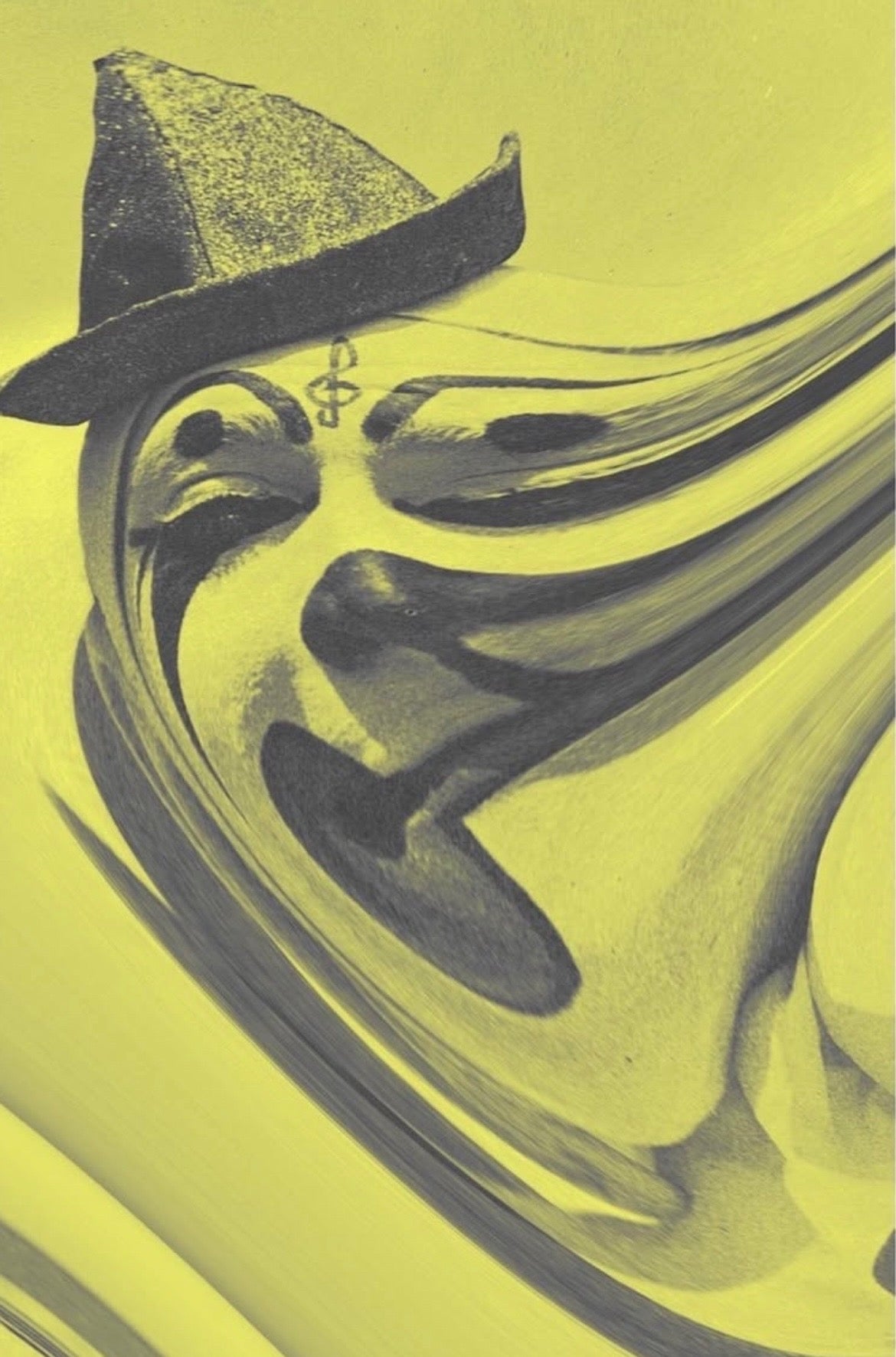
DÉJÀ VU
Déjà Vu is a visual excavation of the unconscious. These manipulated photographs—sepia-toned, yellowed, and haunted—pull from historical archives of early 20th-century performers, but what emerges is not history. It’s dreamwork. Memory, ritual, and distortion blur into archetypes we recognize without knowing why.Each clown appears dislodged from time, identity, and purpose—evoking déjà vu, not just in the colloquial sense, but as a symptom of unconscious recognition. Sigmund Freud described déjà vu as a flicker of the “uncanny”—the return of something once repressed. These images work in that exact register. The viewer sees something familiar but can’t access the original memory. The image, like the unconscious, plays a loop whose origin is forgotten.The clown, here, is not just a performer. It is a fractured symbol from the dream-world: half-ritualistic, half-parodic. Their painted face, already a mask, becomes a metaphor for the multiple layers of the psyche. They are the Id wrapped in a worn costume, twitching between comedy and horror. They smile because they cannot scream.Kierkegaard’s idea of despair as “not being oneself” underpins much of the emotional charge in the work. He wrote of a person “in despair not wanting to be oneself,” and another “in despair wanting to be oneself.” The clown image splits the difference: the costumed performer represents a forced identity, chosen unconsciously and performed compulsively. The yellow haze on each image isn't just an aesthetic choice—it’s the veil of repression, the tint of historical forgetting that transforms memory into myth.
